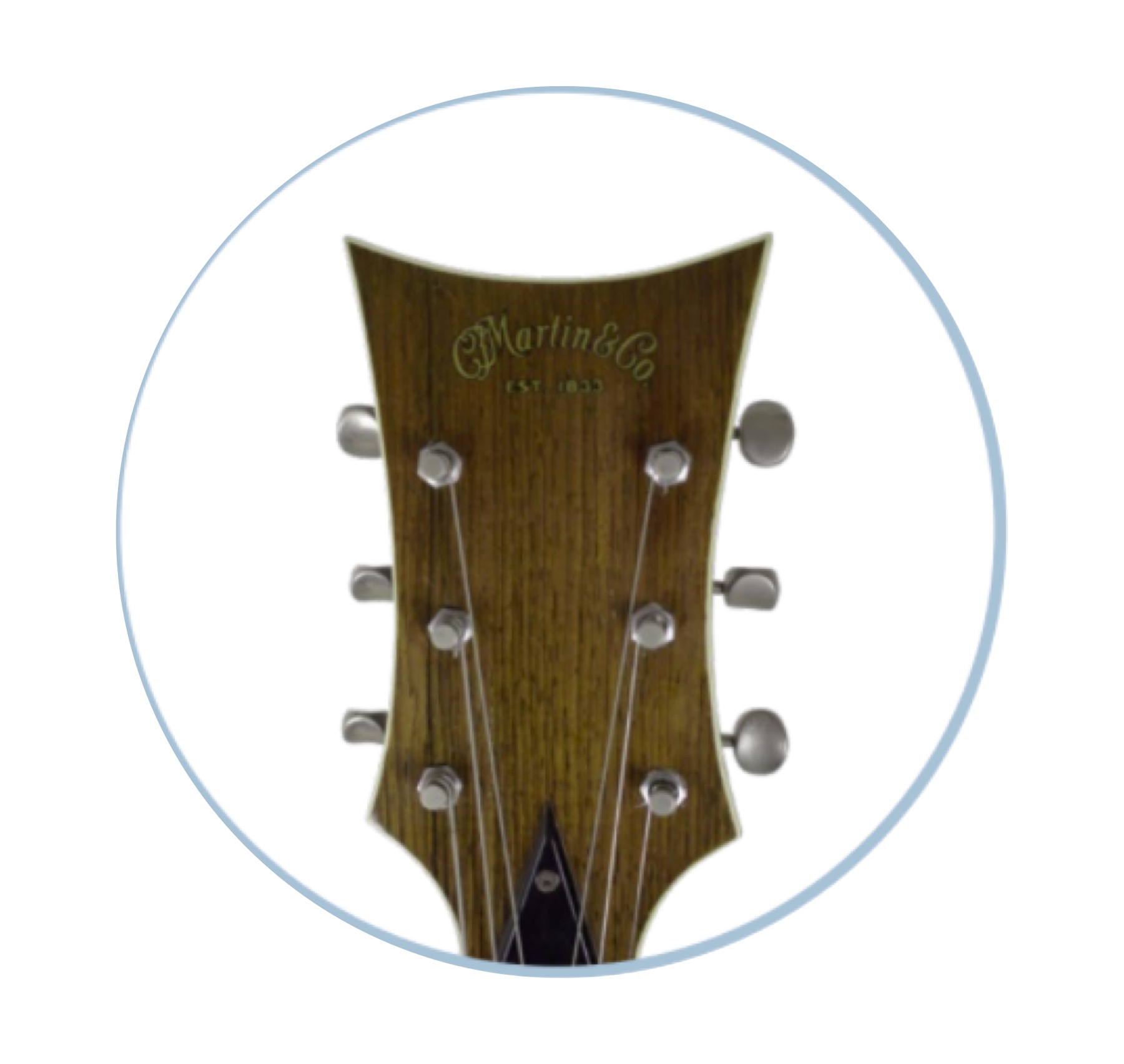Whack Job: 1966 Martin GT-75
Acoustics weren't the only guitars Martin were building in the '60s.

This maple hollowbody electric guitar has mesmerized me for years – not just this model but this very guitar. It’s been hanging in the vintage vault at Guitar Showcase, one of my favorite haunts in San Jose, California.
I was always curious why Martin, one of the oldest and most respected acoustic guitar builders in the world, could not successfully break into the market for electric guitars. I figured there must be something terribly wrong with the company’s approach to designing and building them.
So, when I borrowed this GT-75 to write about it, I was expecting to give it a lackluster review and brusquely toss it into the proverbial pile of unsuccessful builds from the 1960s guitar boom. Boy howdy, was I wrong! This axe is just plain off-the-hook awesome.
I’m gobsmacked!
Weirdo Factor
The only unusual thing about this guitar is that it is a Martin electric from the 1960s and has stayed relatively unknown since its introduction in 1966, more than five decades ago. Its shape is rather elegant, with easy, understated flowing lines. The upper cutaways remind me of Lauren Bacall’s shoulders, particularly if she were wearing a tuxedo.
But except for the immortal Skip Spence from the amazing ’60s San Francisco psychedelic band Moby Grape, no guitarist of any real note is known for playing one of these sweethearts, which is probably why the GT-75 was destined for obscurity.
Martin stopped production of the guitar in October 1968, less than two years after it made its debut.
All the latest guitar news, interviews, lessons, reviews, deals and more, direct to your inbox!

Playability & Sound
To start with, it plays wonderfully. The 22-fret mahogany neck with Brazilian rosewood fingerboard is super friendly. The neck is slim, the action is low, and the feel is all quality. This is not a guitar you have to wrestle. The medium-jumbo frets are dressed smoothly, and there are no dead spots. The Bigsby-style tremolo, whose tailpiece is cleverly shaped like an M, is smooth and responsive, but the GT-75’s real surprise is its sound.
I’ve heard DeArmond model 2000 pickups on a lot of guitars from the ’60s, but there is something special going on with this pair. These particular pickups have a complex and chimey sound. The bridge setting is snarly and biting and a bit microphonic, but in a good way. The neck pickup can easily sound jazzy if you roll back the tone knob, but with the control open, this pickup is also surprisingly bright. As for the middle position, it’s money – loud, full and just a little bit phasey.
I just could not put this guitar down!
Even with a distortion pedal, notes played on the GT-75 are distinct, and wonderfully so, especially compared to my solidbody Gibsons and Fenders. The clarity is reminiscent of a stereo guitar whose signal gets split to two amps, one clean and one overdriven. I just could not put this guitar down!
I strung it with roundwound strings prior to testing, and although I suspect it was expected to be played with flatwounds, I also bet it would lose all of its snappy character if it were. The Klusons are tight and hold their pitch so well that this guitar, after hanging for years behind glass, was actually in tune when handed to me by Guitar Showcase assistant manager Jack Van Breen (a fine guitarist, by the way). What the...?!
Value
There are a few GT-75s online ranging in price from $1,500 to $3,000 – not bad considering it’s an absolutely cool 50-something-year-old American-made electric guitar.
Why It Rules
I have to give the GT-75 two enthusiastic thumbs up! It sounds amazing, it plays super well, and the look is even groovy in a subtle art deco way. Besides, it’s a dang Martin!
(Thanks to Gary Wineroth at Guitar Showcase, for the loan of this beautiful guitar.)
